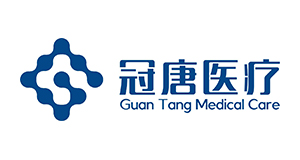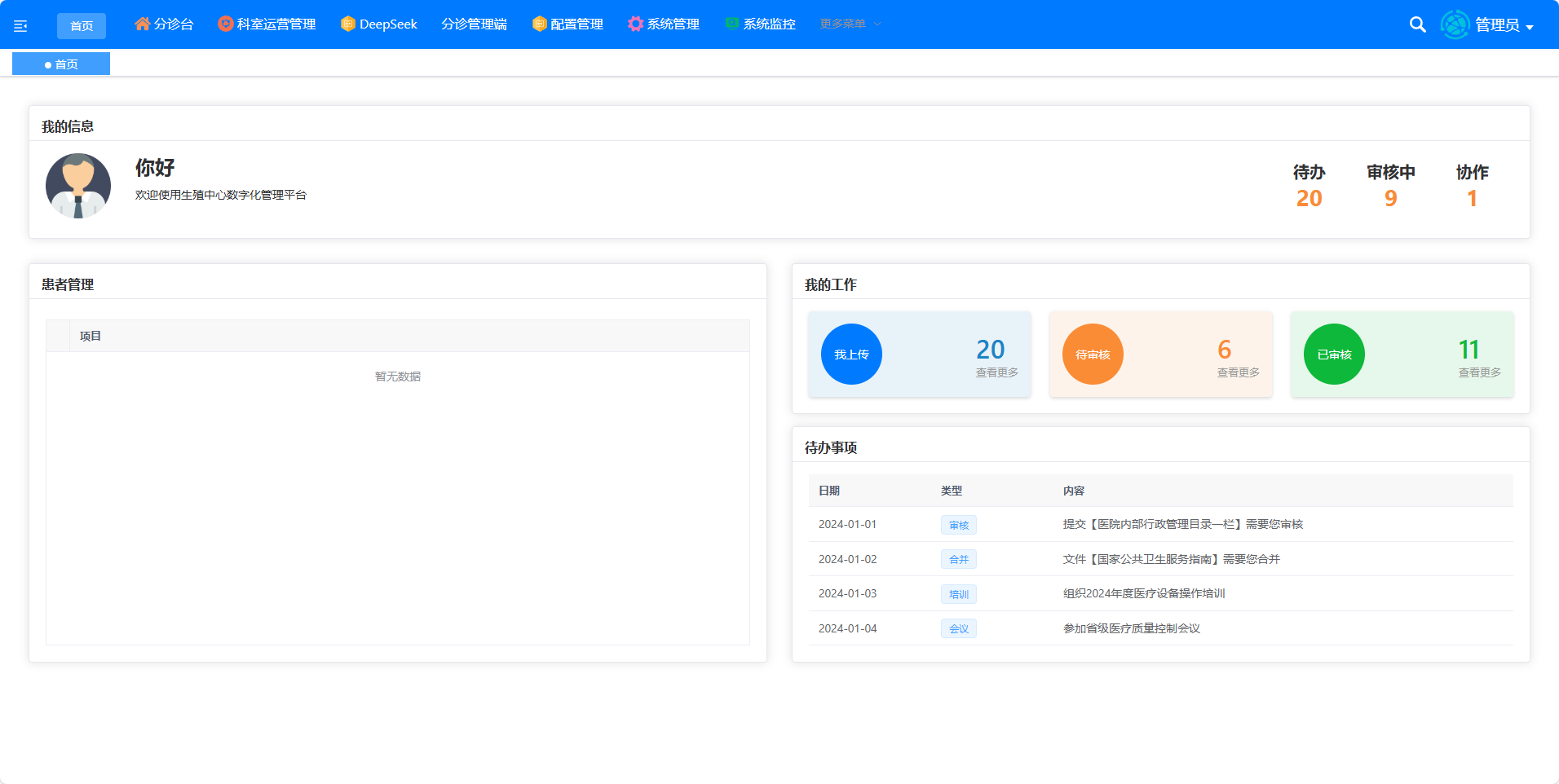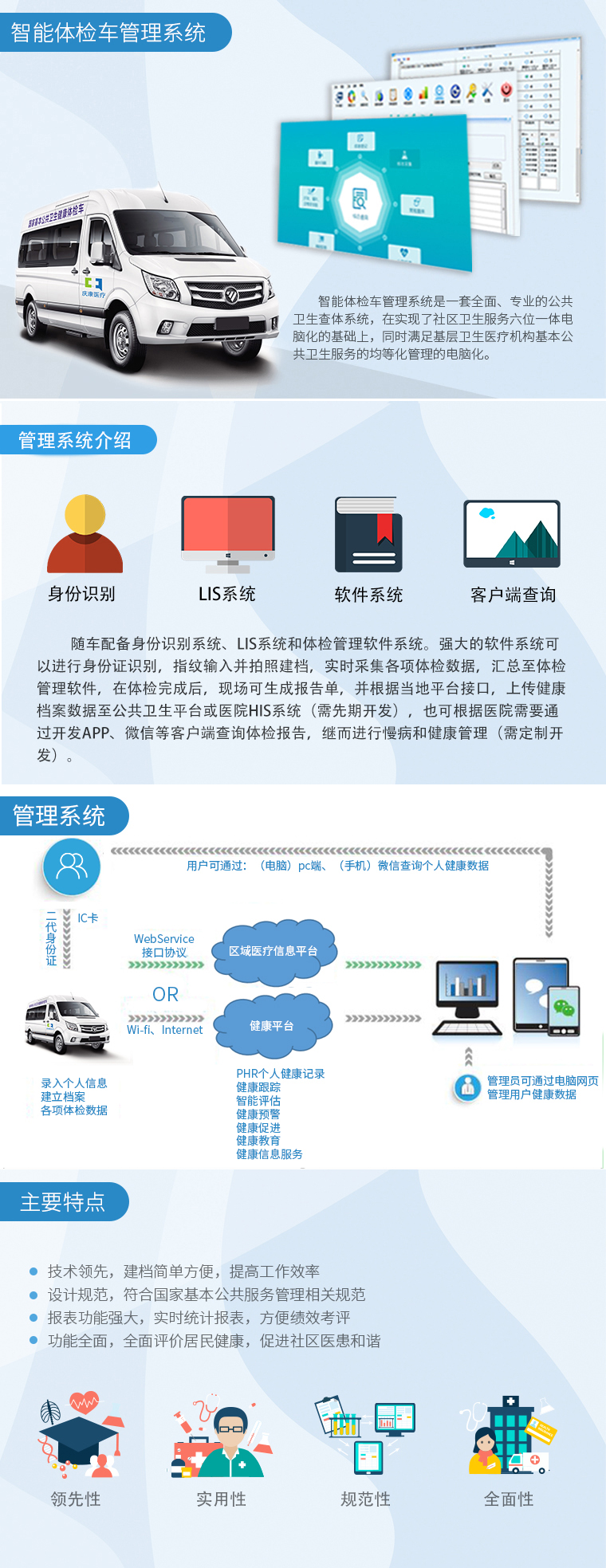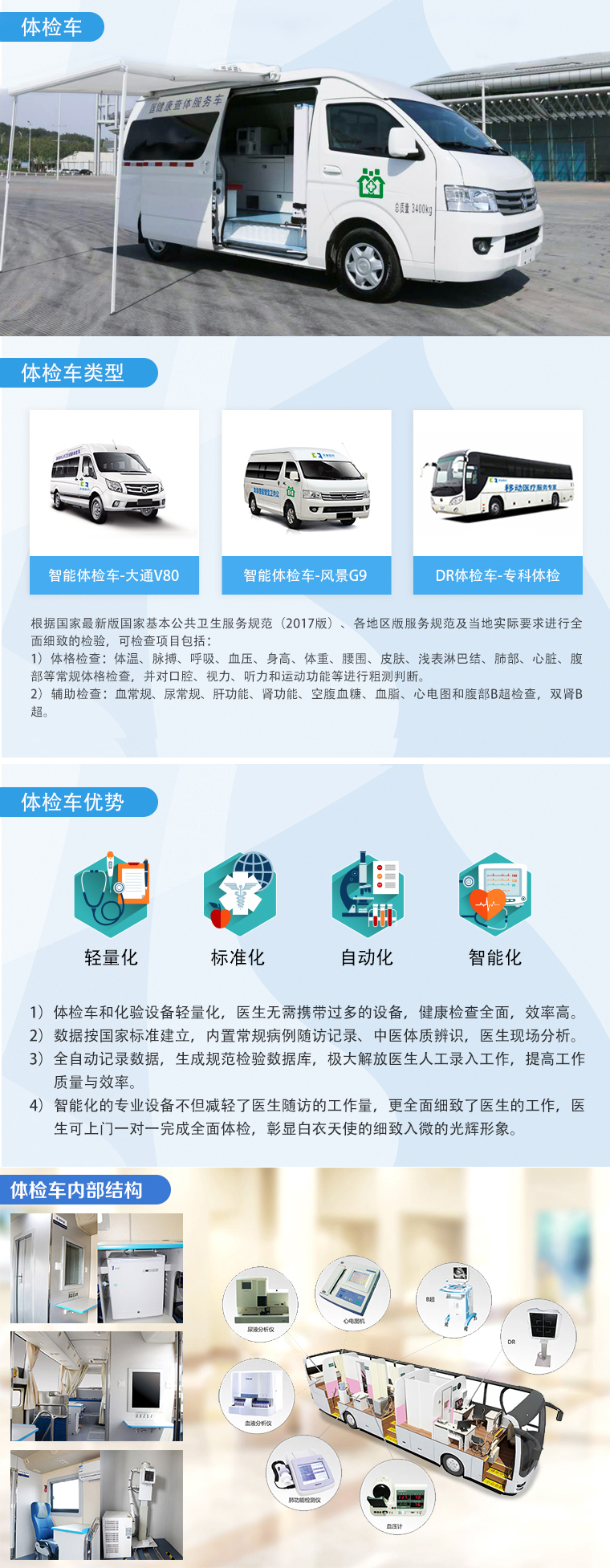实施案例
产品推荐
新闻推荐
LIS系统发展现状介绍
- 2022-04-16
- http://www.guantangyiliao.com/ 原创
- 130
Each laboratory uses a wide variety of laboratory LIS systems, each with its own advantages, and also has special functions formulated according to the undergraduate room's own system and environment. We will only discuss what most laboratories can do and strive to do at present. In general, the paperless process of LIS clinical laboratory automatic audit system can describe the development status of the system from three aspects.
1 临床实验室自动化
1 clinical laboratory automation
LIS系统是以检验科的生产活动为主要内容,是检验人员的机械臂与剪刀手。LIS实验室的发展离不开实验室。近年来,随着检验医学的发展和检验标本的快速增长,实验室自动化已成为检验科的新趋势/。实验室自动化是指通过传输系统连接临床实验室自动化分析仪,实现样品运输分类、预处理、检测结果报告、后处理等全检验过程的自动化。
LIS system takes the production activities of the laboratory department as the main content, and is the manipulator and scissor hand of the inspectors. The development of LIS laboratory is inseparable from the laboratory. In recent years, with the development of laboratory medicine and the rapid growth of test specimens, laboratory automation has become a new trend in laboratory medicine. Laboratory automation refers to connecting the clinical laboratory automation analyzer through the transmission system to realize the automation of the whole test process such as sample transportation classification, pretreatment, test result report and post-processing.
2 自动审核系统。
2. Automatic audit system.
检验结果的准确性和及时性是确保检验质量的核心内容。等级医院的评价标准也对检验结果的审核提出了明确的要求,要求必须是高年级和双重审核。从本研究结果中发现,由于生化标本多,项目次数多,即使是高年级的结果审核,也不可避免地会出现错误的检查,给临床诊断和治疗带来不必要的麻烦。实验室信息系统(LIS)介绍为解决这个问题提供了解决方案。自我国大部分医院检验科介绍以来LIS自改进以来,临床生化结果的自动审计规则不断完善,临床学生的检测结果率显著降低。研究结果发现,自动审计与异常人工审计结果的检出率之间的差异没有显著意义。结果表明,与人工审计相比,自动审计在减少漏检误检的前提下,大大节省了人工工作量,特别是在过滤掉大量非特殊检查结果标本(约占90%)时。
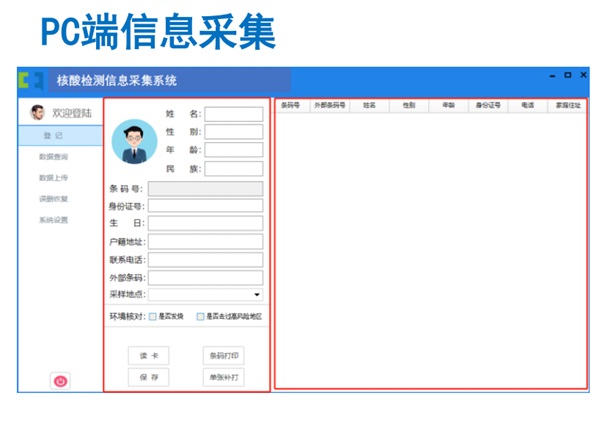

The accuracy and timeliness of inspection results is the core content to ensure the inspection quality. The evaluation standard of grade hospitals also puts forward clear requirements for the audit of test results, which must be senior grade and double audit. It is found from the results of this study that due to the large number of biochemical samples and the number of projects, even the result audit of senior grade will inevitably have wrong examination, which will bring unnecessary trouble to clinical diagnosis and treatment. The introduction of laboratory information system (LIS) provides a solution to this problem. Since the introduction of LIS in the laboratory departments of most hospitals in China, the automatic audit rules of clinical biochemical results have been continuously improved, and the test result rate of clinical students has been significantly reduced. The results show that there is no significant difference between the detection rate of automatic audit and abnormal manual audit. The results show that compared with manual audit, automatic audit greatly saves manual workload on the premise of reducing missed and false inspection, especially when filtering out a large number of non-special inspection results (about 90%).
自动审计规则的建立是实现自动审计的基础,但前提是确保生化仪器的正常运行,控制各生化检验项目的质量控制。在此基础上,可根据临床需要的实际工作经验设置审计规则。例如,可以设置CK-MB≥CK规则一旦出现检验结果CK-MB≥CK在情况下,仪器立即提醒审核员注意;设结果的界限,假设血清 K+≥6.5mmol/L对于危重值,一旦出现检验结果,仪器将立即提示危重值,并在审核人员审核前给出报警,防止泄漏。如果检验结果特别异常,可以在负值或异常高时设置检验项目报警,并给出相应的提示。自动审计规则的制定者需要掌握仪器的工作原理,熟悉实验前的质量控制过程,并有扎实的临床医学知识,使审计规则合理有效。
The establishment of automatic audit rules is the basis of automatic audit, but the premise is to ensure the normal operation of biochemical instruments and control the quality control of biochemical inspection items. On this basis, audit rules can be set according to the actual work experience of clinical needs. For example, the CK-MB ≥ CK rule can be set. Once the inspection result CK-MB ≥ CK occurs, the instrument will immediately remind the auditor to pay attention; Set the limit of the result and assume that serum K + ≥ 6.5mmol/l. For critical value, once the test result appears, the instrument will prompt the critical value immediately and give an alarm before the audit by the auditor to prevent leakage. If the inspection result is particularly abnormal, you can set the inspection item alarm when the value is negative or abnormally high, and give corresponding prompts. The makers of automatic audit rules need to master the working principle of the instrument, be familiar with the quality control process before the experiment, and have solid clinical medical knowledge to make the audit rules reasonable and effective.
3 无纸化进程
3 paperless process
医院的无纸化过程是电子处理所有与诊断和治疗相关的内容。患者只持有一张诊疗卡,就可以开展一系列的诊疗活动,如登记、验血功能检查结果查询和打印。对于医学实验室,无纸化是指通过信息系统实现实验室管理过程的数字化,并将整个实验室的生态系统集成到实验室中LIS该系统包括但不限于打印排队抽血报告等基本功能。
The paperless process of the hospital is to electronically process all the contents related to diagnosis and treatment. With only one diagnosis and treatment card, patients can carry out a series of diagnosis and treatment activities, such as registration, query and printing of blood test function test results. For the medical laboratory, paperless refers to the digitization of the laboratory management process through the information system, and the integration of the whole laboratory ecosystem into the laboratory LIS. The system includes but is not limited to the basic functions such as printing the queue blood drawing report.
